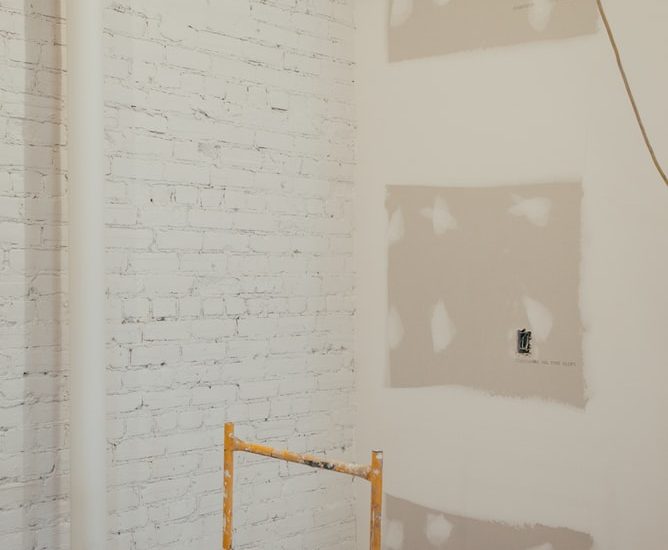If you’re in need of updating your home to make your family more comfortable or to increase the value so that you can earn a profit, saving for those projects and using the funds is the best way to go. Of course, that’s not always possible, especially if it’s a larger renovation, making financing a necessity. The key is to be sure and choose the best type of financing for your situation.
Home Equity Line of Credit
A home equity line of credit is a popular way to finance home renovations. As it’s a secured loan, backed by your home, you’ll get a lower interest rate than you would for an unsecured loan. It’s revolving credit, so you can borrow against it over time, taking what you need when you need it. One criteria you’ll have to meet to borrow is sufficient home equity, so before considering this option, be sure that you have at least 15 percent equity in your home.
Home Equity Loan
A home equity loan is also backed by your home as a secured loan. The difference is you’ll get a lump sum instead of a line of credit, repaid over a number of years in regular fixed monthly payments. If you know exactly how much the renovations will cost, it can be an ideal option as you’ll receive all the funds you need upfront. But if you miss a payment, it can mean financial disaster as your home could be foreclosed if you fall too far behind.
Grants
If your roof is in need of replacing, you might have wondered, “can you get a grant for a new roof?” Depending on your financial situation and a number of other factors, it may be possible. For example, the Housing Preservation Grant Program offers grants to those who live in towns and rural areas with less than 20,000 people as well as to Native American tribes. You’ll have to apply through a reputable non-profit organization that rehabilitates low-income housing, with the grants usually made directly to that organization, although owners may receive assistance when renting housing units to tenants with very low incomes. The Single Family Self-Help grant is available to homeowners who are at least 62 years of age and have a family income below 50 percent of the median for the area in which they live.
Credit Card
It’s usually not a good idea to put major home renovations on a credit card due to the high interest rates. If you can pay off the entire balance in a short amount of time, ideally using a card with a special zero percent interest offer, it can make financial sense.
Personal Loan
If you don’t have enough equity in your home to qualify for a home equity loan, a personal loan can help you get those renovations done. The interest rate will be higher than home-equity type financing, but it’s usually lower than putting it on a credit card.
Government Loan
You may qualify for a government loan, such as a HUD Title Property Improvement Loan, without having any equity in your home. If you do, you can save big on the costs of insurance and interest. You’ll be able to borrow up to $25,000, making it a good option for making repairs and updates if you recently purchased the home. Just be aware that some upgrades may not qualify, the money must go toward renovations that improve livability.
Cash-Out Refinancing
Cash-out refinancing can be a great option for those who want to tap equity without taking out another loan. It involves taking out a new mortgage to pay off the old one and cashing out a portion of the equity. Of course, it won’t make sense if the current cash-out mortgage rates are higher than what your existing rate is or if your equity is limited.

